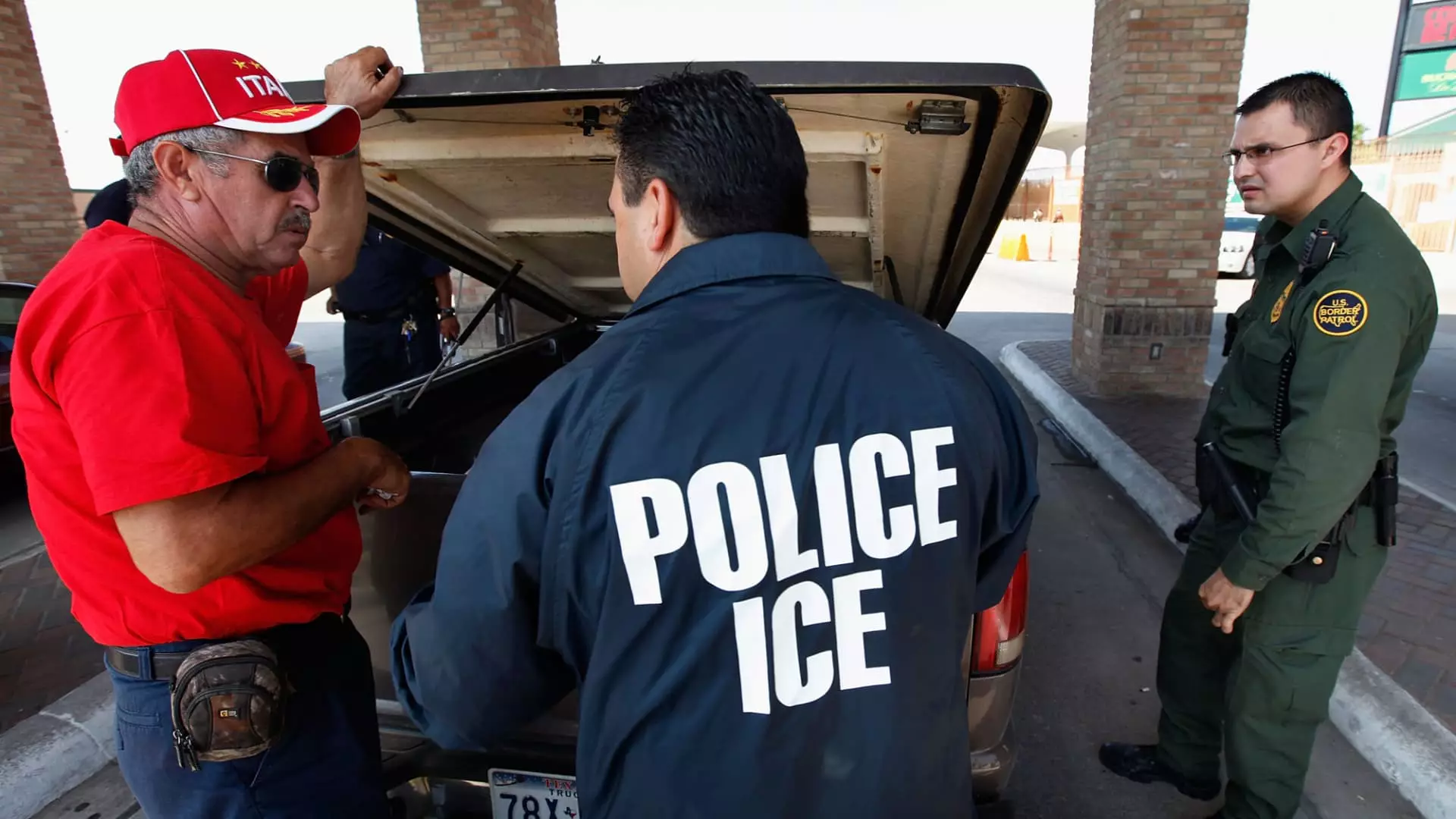The interplay between immigration policy and public safety has become a focal point of public discourse, particularly in the context of criminal convictions among immigrants. Recent revelations show that there are over 13,000 immigrants in the United States who have been convicted of homicide either domestically or internationally yet are not currently detained by Immigration and Customs Enforcement (ICE). This situation raises pressing questions about the efficacy of current immigration policies, public safety, and the responsibilities of law enforcement agencies.
According to data submitted to Congress by Acting ICE Director P.J. Lechleitner, these individuals belong to ICE’s “non-detained” docket, indicating that while the agency has information on their cases, these immigrants are not in detention. Multiple factors contribute to this phenomenon. Some individuals may not be deemed priorities for detention due to limited agency resources, whereas others may have eluded detection altogether. The data, which was prompted by a request from Texas Congressman Tony Gonzales, highlights a significant gap in communication and coordination between various levels of law enforcement and immigration authorities.
This data signifies not only the sheer number of convicted individuals living freely in the U.S. but also highlights an overlooked aspect of immigration processes. The growing awareness of criminal records that go unreported until after an individual has crossed the border underscores vulnerabilities in the immigration system, which some critics argue must be addressed to ensure a balance between lawful immigration and public safety.
The political ramifications of this data release cannot be overstated. Former President Donald Trump utilized this information during a recent campaign rally to critique current immigration policies and question the competency of the Biden administration, particularly Vice President Kamala Harris. By referencing the presence of these “hard, tough, vicious criminals,” Trump is engaging in an age-old political strategy of invoking fear regarding public safety to galvanize support for stricter immigration policies.
This discourse often polarizes public opinion and distracts from the broader complexities of the immigration system. While it is essential to address the presence of convicted criminals, it is equally important to acknowledge that the majority of immigrants do not commit crimes and contribute positively to society. Simplifying the conversation to a binary of good versus evil can lead to uninformed policy decisions that affect millions.
Sanctuary policies are often at the heart of this conversation, where local jurisdictions choose not to cooperate with federal immigration enforcement. Critics argue that these policies hinder the ability of ICE to detain and deport individuals with serious criminal records. However, advocates for sanctuary policies contend they are vital for fostering trust within immigrant communities, ensuring that undocumented individuals feel safe reporting crimes without the fear of deportation.
The nuances of these policies mean that localities are now re-evaluating their approach in light of rising scrutiny over immigrant crime. It raises an important question: How do communities ensure public safety without fostering a climate of fear among their residents?
Local authorities face significant challenges when attempting to manage the overlap between immigration status and criminal activity. For ICE, identifying and detaining individuals convicted of serious crimes—like homicide—requires coordination and man-hours that they may not have. With more than 7.5 million immigrants on ICE’s “non-detained” docket, the agency must prioritize cases, but its resource limitations prevent a universal approach to every criminal case reported.
When ICE engages in operations to detain individuals convicted abroad, they encounter the compounded challenge of tracking down these individuals after their release. This often requires extensive investigations, collaboration with local law enforcement, and, crucially, public awareness to aid in the locating process. The logistics of carrying out these operations are daunting, yet critical for maintaining public safety.
Addressing the complexities surrounding non-detained immigrants, particularly those with serious criminal convictions, requires transparent discussions on the intersections of legislation, public safety, and community trust. Policymakers must balance the urgency of public safety with the rights and dignity of immigrants to create a cohesive and effective immigration system that serves everyone’s best interests.


Leave a Reply